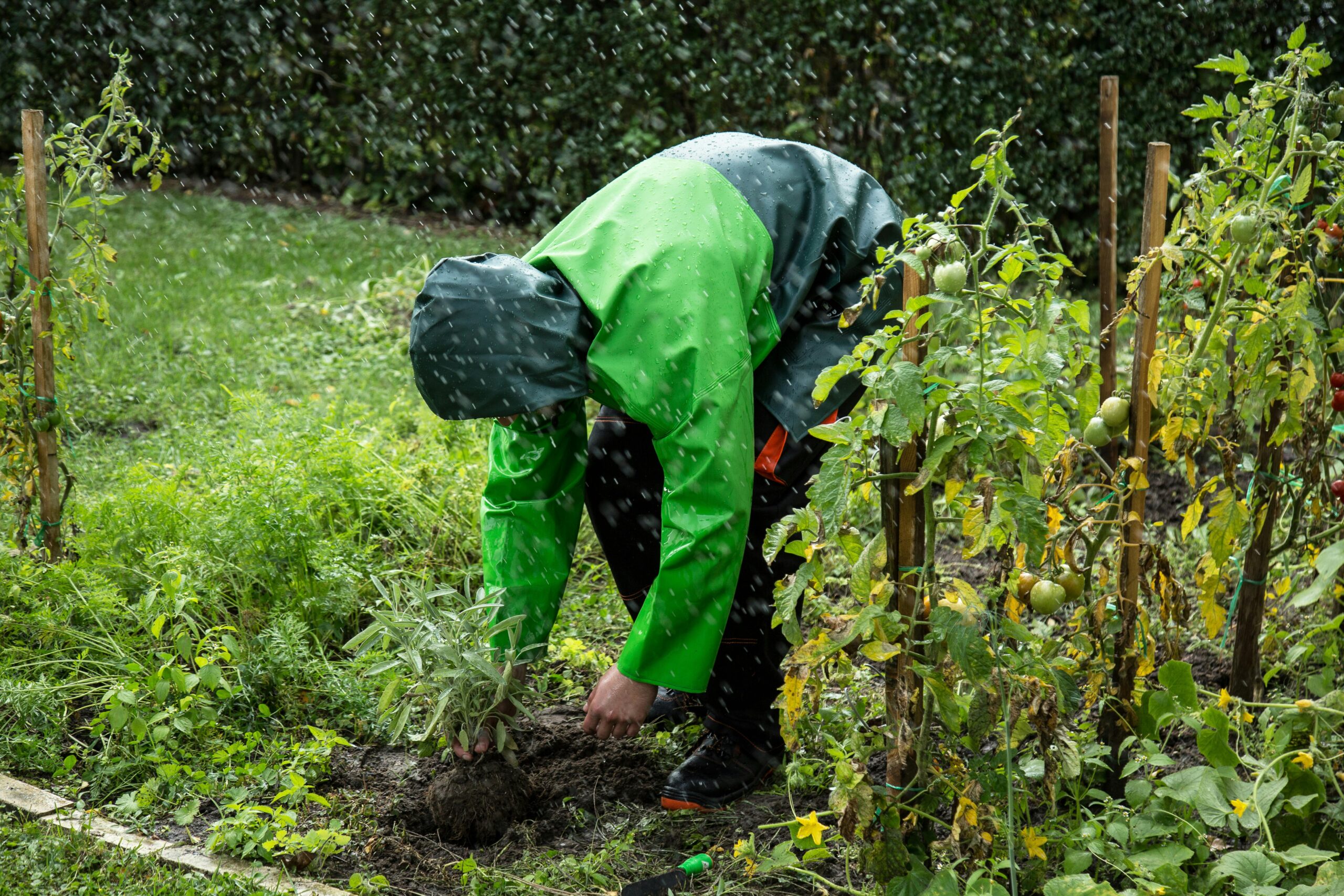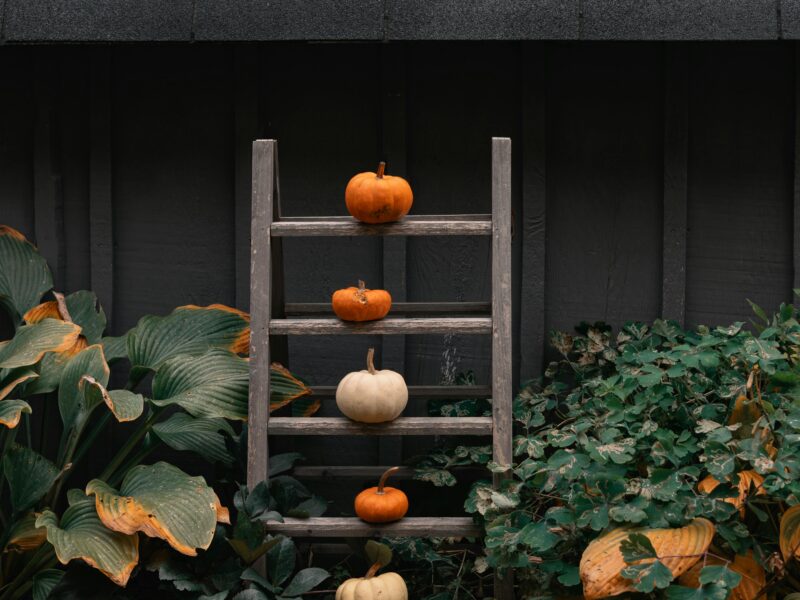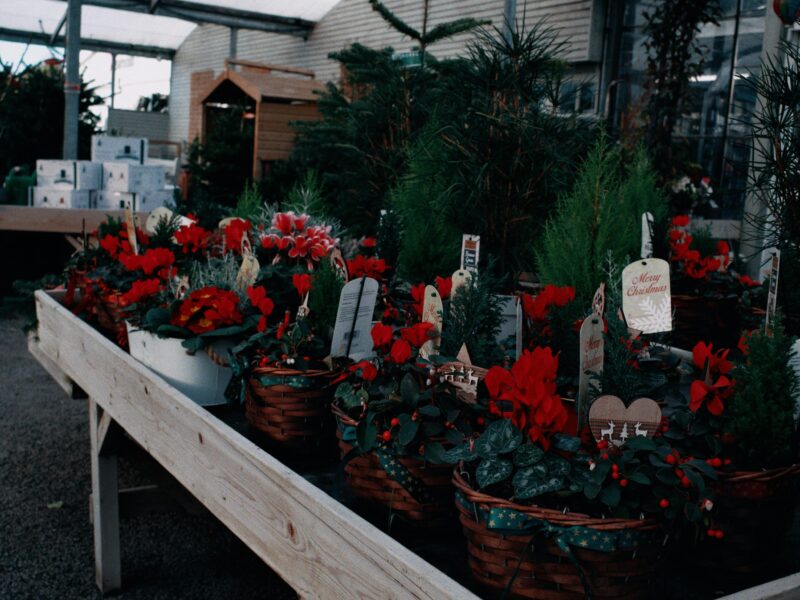Rainy days often leave gardeners pacing by the window, itching to get back into the soil. But instead of seeing the rain as a delay, what if you saw it as a quiet invitation to reset, plan, and even improve your garden from the inside out?
Just because the weather is gray doesn’t mean your gardening progress has to be. Here are several productive (and satisfying) ways to turn a rainy day into a garden win.
1. Start an Indoor Seed Station
Rainy days are perfect for indoor tasks like starting seeds. Set up a small station with seed trays, a grow light (or a sunny window), and some starter mix. This is especially great for veggies like tomatoes, peppers, herbs, and greens that benefit from a head start before going into the ground.
You’ll feel connected to your garden even if you’re not outside—and watching seeds sprout on a rainy day is a mood booster all on its own.
2. Clean and Sharpen Your Tools
Your trowel has probably seen better days, and your pruners might be sticky with sap. Rainy days are ideal for cleaning, oiling, and sharpening garden tools. It’s a small act that pays off big: clean, sharp tools make gardening faster, safer, and more precise.
Use sandpaper or a wire brush to scrub off rust, and oil the metal parts with a bit of linseed oil or WD-40. Wipe down wooden handles to keep them smooth and splinter-free.
3. Map Out Your Garden Layout
If your garden feels chaotic when spring arrives, a rainy day planning session can change everything. Grab a notebook or garden planner and sketch your beds. Plan where you’ll place crops, rotation zones, companion plants, or any new raised beds or trellises you’ve been dreaming about.
Use this downtime to check seed catalogs or online nurseries and make your shopping list. A thoughtful plan now means less stress when planting time arrives.
4. Feed Your Soil—Naturally
Rain softens the earth, making it a good time to add compost, mulch, or organic matter to your beds once the rain slows to a drizzle. Moist soil allows nutrients to absorb deeper, feeding microorganisms and preparing your garden for its next phase.
You can also top-dress garden beds or tuck in nitrogen-rich materials (like coffee grounds or composted leaves) while the soil is damp for easy integration.
5. Install or Check Rain Barrels
A rainy day is the perfect time to think about water conservation. If you don’t already have a rain barrel, use the downtime to research and plan where one could go. If you do have one, make sure it’s clean, not clogged, and catching water effectively.
Capturing rainwater is eco-friendly, budget-friendly, and gives your plants access to soft, chemical-free water later on.
6. Do an Indoor Garden Craft
Need a creative outlet? Try a DIY garden sign, plant marker set, or upcycled planter project. Paint a pot, organize your seed storage, or label jars for homemade compost tea. Projects like these don’t just pass the time—they enhance your garden space when the sun returns.
If you’re feeling ambitious, try pressing flowers, making seed bombs, or creating a gardening vision board.
7. Educate Yourself
A rainy day is your chance to become a better gardener from the couch. Watch YouTube videos, listen to gardening podcasts, or read a new book on permaculture, soil health, or native plants. It’s one of the best ways to turn passive time into progress.
Jot down notes, new techniques to try, or even a list of local gardening classes or events for the season.
Rain doesn’t have to pause your gardening journey—it can refine it. From planning your layout and prepping seeds to sharpening tools and learning new skills, a rainy day offers hidden opportunities to grow right alongside your plants.
So next time the clouds roll in, grab your gloves—or maybe just a warm cup of tea—and celebrate the slower pace. Your garden will thank you for it later.


